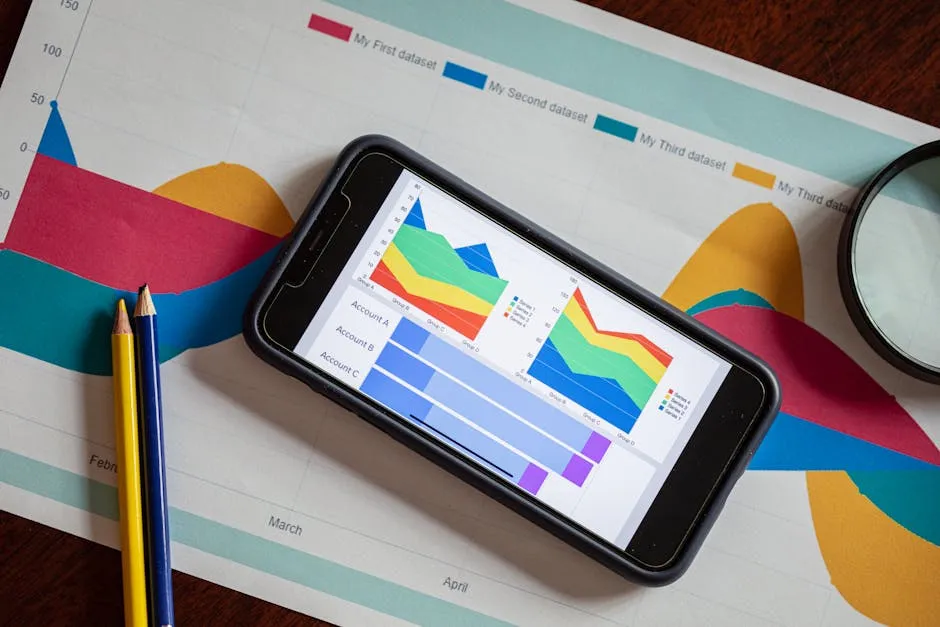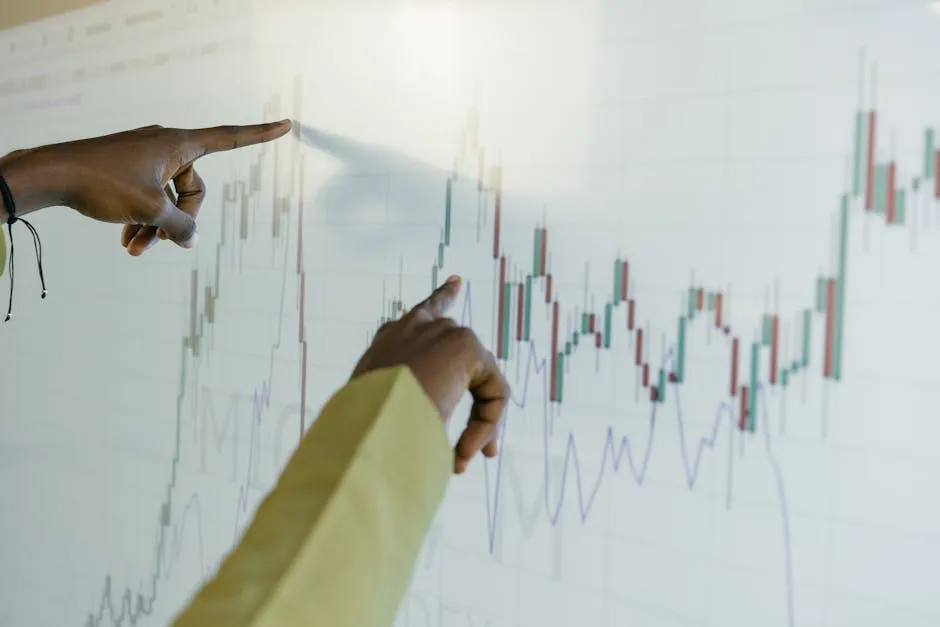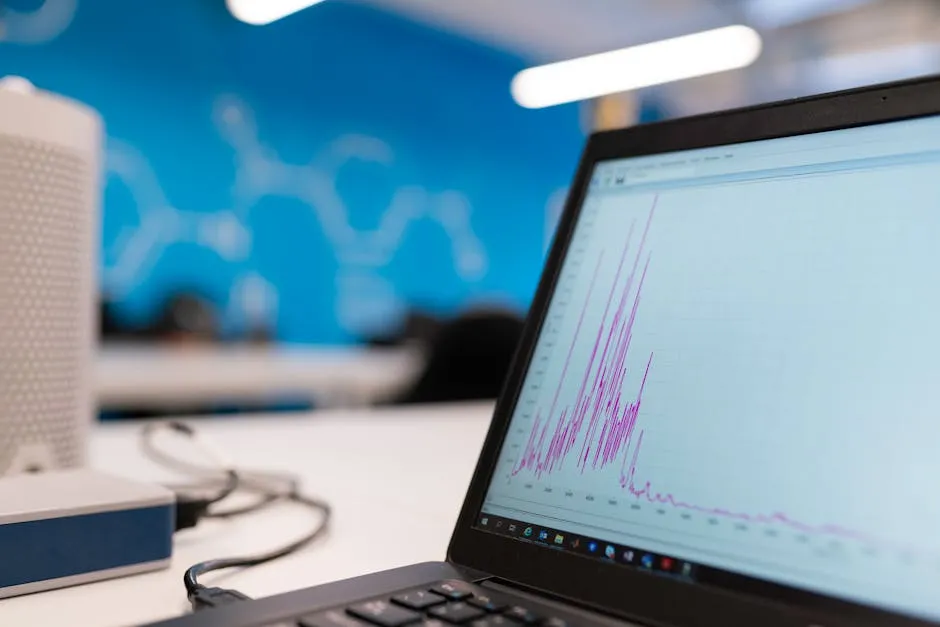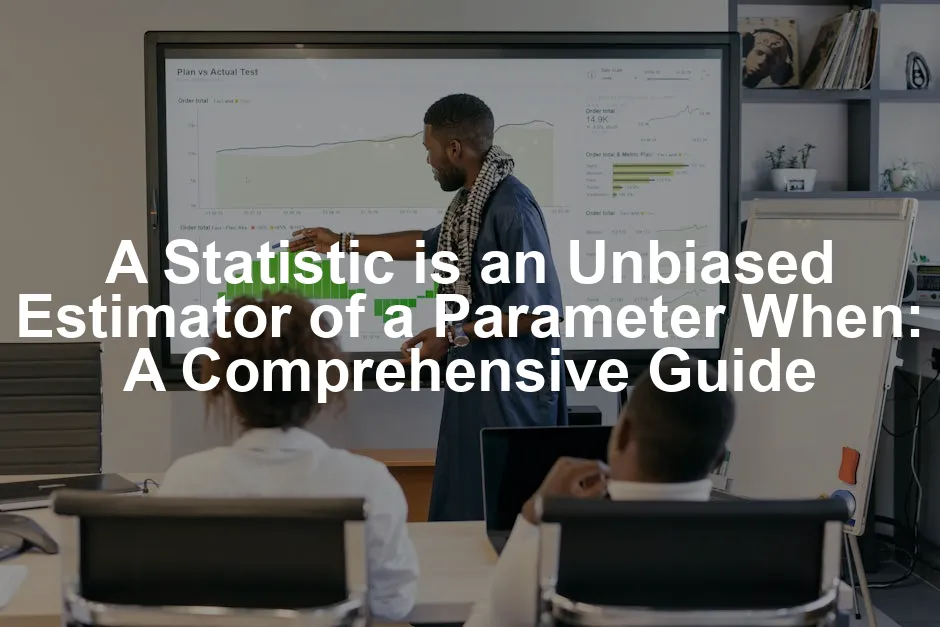Introduction
Unbiased estimators are like the trustworthy friends of statistics. They represent the truth without any sneaky deviations. So, what does it mean for a statistic to be an unbiased estimator of a parameter? In the statistical realm, an estimator is a rule or function that helps estimate unknown parameters using observed data.
Imagine throwing darts at a dartboard. If you consistently hit the bullseye, you’re using an unbiased estimator. But if your darts veer off course, well, you might want to reconsider your technique! In data analysis, having an unbiased estimator is crucial because it ensures that our conclusions reflect reality accurately, allowing researchers and analysts to make informed decisions.
This article aims to uncover the conditions that define an unbiased estimator. We’ll break down these concepts with straightforward examples and practical applications. Whether you’re a student, researcher, or professional in fields like statistics, data science, or economics, understanding unbiased estimators is essential.
In a nutshell, knowing when a statistic serves as an unbiased estimator empowers you to trust your analyses and results. And let’s be honest, who doesn’t want to feel confident in their data-driven decisions? So, let’s dive into the nitty-gritty of unbiased estimators and why they hold such significance in statistical analysis.

Understanding the fundamentals of unbiased estimators is crucial for anyone interested in statistics. For a deeper dive, check out this introduction to statistical learning with Python.
While you’re at it, if you’re looking for a comprehensive resource to boost your statistical knowledge, consider grabbing Statistical Methods for the Social Sciences. It’s a fantastic book that demystifies complex concepts!
Understanding Unbiased Estimators
What is an Estimator?
An estimator is a statistical tool that provides an estimate of an unknown parameter based on sample data. Think of it as a recipe that guides you to create a dish using limited ingredients. The goal is to approximate the true value of a population parameter, like the mean or variance, based on the sample data you have at hand.
Estimators play a pivotal role in statistics, allowing us to draw conclusions about a population without needing to measure every single individual. For example, if you want to know the average height of all adults in a city, you could measure a sample of individuals instead. The average height of that sample would serve as the estimator for the entire population.
Definition of Unbiasedness
An estimator is labeled as unbiased if its expected value matches the actual parameter value. In simpler terms, if you repeatedly sample from a population and calculate the estimator, the average of those estimates will converge to the true parameter.
Mathematically, we express this as:
E[🚨θ] = θ
where 🚨θ is the estimator, and θ is the parameter being estimated. This equality signifies that over multiple samples, the estimator does not systematically overestimate or underestimate the true value.
Importance of Unbiased Estimators
Why should we care about unbiased estimators? Well, they are prized for their accuracy. If an estimator is unbiased, it gives the correct parameter estimate on average. This means no matter how many times you use it with different samples, the results will remain reliable.
Common examples of unbiased estimators include the sample mean and the sample variance. If you calculate the average of several samples, the sample mean will yield an estimate that is accurate over time. Similarly, the sample variance, when calculated correctly, provides a reliable measure of the population variance.
If you want to explore more about statistical methods, Statistics for Dummies is a great starting point!
In the vast landscape of statistics, understanding unbiased estimators is essential for drawing accurate conclusions and making sound decisions based on data. So, buckle up as we explore the conditions under which a statistic becomes an unbiased estimator!

When is a Statistic an Unbiased Estimator?
Key Conditions for Unbiasedness
Random Sampling: Random sampling is like the secret sauce in statistics. It ensures that every member of a population has an equal chance of being selected. This is crucial because biased samples can skew results. Imagine trying to estimate average heights using only basketball players. You’d end up with inflated numbers! Random sampling helps create a representative snapshot of the population, making estimates more reliable and valid.
Multiple Samples: Relying on a single sample is like making a life decision based on one bad date. You need multiple samples to truly test the waters! By assessing many samples, statisticians can observe how the statistic behaves. This provides insights into whether the estimator is consistently close to the true parameter or if it tends to wander off course.
Detailed Conditions
Condition 1: Centered at the Parameter
Explanation: A statistic is centered at a parameter when its sampling distribution’s center aligns with the true parameter value. Think of it like a game of darts. If you consistently hit around the bullseye, your shots are centered! This means that, on average, the statistic reflects the true parameter.
Illustration: Picture a bell curve. The peak represents the expected value of the statistic. If the peak aligns with the true parameter, we can say the statistic is centered. Graphically, this means that as we take more samples, the distribution of our estimates should cluster around the true parameter value.
Condition 2: Expected Value Equals Parameter
Explanation: For a statistic to be unbiased, its expected value must equal the true parameter value. In simpler terms, if you were to calculate the average of all possible estimates, it should match the actual parameter you’re trying to estimate.
Example: Let’s say you’re estimating the average height of a population. If the true average height is 64 inches, an unbiased estimator will yield results that average out to that same value over numerous samples. If you keep getting 62 inches instead, your estimator is biased!
Condition 3: Variability and Sampling Distribution
Explanation: Variability in sample estimates affects how close those estimates are to the true parameter. If the estimates vary wildly, it’s tough to trust them. A statistic with low variability will yield results that cluster closely around the true parameter.
Normal Approximation: As the sample size increases, the sampling distribution of the statistic approaches a normal distribution, thanks to the Central Limit Theorem. When the sample size is sufficiently large, the shape of the sampling distribution should resemble a bell curve, even if the original data isn’t normally distributed. This approximation allows us to apply powerful statistical techniques to make inferences.
In conclusion, understanding when a statistic serves as an unbiased estimator is essential in statistics. Random sampling and considering multiple samples are key. A statistic must center around the parameter, have an expected value equal to that parameter, and exhibit low variability to qualify as an unbiased estimator. With these conditions, we can confidently navigate our statistical analyses, ensuring that our estimates reflect reality accurately.

Differences Between Unbiased and Biased Estimators
Understanding Biased Estimators
Biased estimators are like that friend who always tells you what you want to hear, but not necessarily the truth. A biased estimator systematically deviates from the true parameter it aims to estimate. In other words, it consistently overestimates or underestimates the value. This can happen for various reasons, including flawed sampling methods or inappropriate mathematical adjustments.
For instance, consider the sample variance. When calculated by simply averaging the squared differences from the sample mean and dividing by the sample size n, it tends to underestimate the population variance. The correct approach is to divide by n-1, making it an unbiased estimator. This example highlights how biases can creep in due to incorrect formulas or methods.
Comparing Unbiased and Biased Estimators
When it comes to unbiased versus biased estimators, each has its own set of advantages and disadvantages. While unbiased estimators are generally preferred due to their accuracy over repeated samples, biased estimators can sometimes be beneficial in practice.
In certain situations, biased estimators yield lower mean squared errors (MSE). For example, in ridge regression, a biased estimator can provide better predictions by reducing variance, even if it introduces some bias. When sample sizes are small, biased estimators may actually perform better than unbiased ones.
Additionally, in a real-world context, consider using biased estimators when data collection is challenging. If obtaining a perfect random sample is impractical, a biased estimator may still yield useful insights. Researchers often face trade-offs between bias and variance, and in some scenarios, a little bias might be a fair price to pay for more stable and reliable results.
In summary, understanding biased estimators is crucial. They can provide alternative methods of estimation that, while not perfect, may still prove valuable under specific conditions. Balancing accuracy and practicality is the key to successful statistical analysis.

Tools and Techniques
Statistical Software: When it comes to calculating unbiased estimators, statistical software is your best friend. Programs like R, Python (with libraries such as NumPy and SciPy), and SAS offer powerful functions to compute estimators easily. For instance, R’s built-in functions can calculate sample means and variances directly, ensuring your estimations are unbiased. Even Excel can do the trick, using its average function to find means quickly. The key is selecting the right tool to handle your data efficiently, as they can streamline the process while ensuring accuracy in your estimations.
If you’re looking to sharpen your skills in data analysis, Excel 2021 for Dummies is a brilliant resource to get you started!
Best Practices: To keep your estimations unbiased, it’s vital to adhere to best practices in your research. Start with random sampling to ensure that every member of your population has an equal chance of being selected. This step is crucial in avoiding any biases that might arise from non-random sampling methods. Next, always consider the sample size. Larger sample sizes tend to yield more reliable results. As the sample size increases, the sampling distribution becomes more concentrated around the true parameter, thus enhancing the unbiasedness of your estimators. Lastly, regularly check your calculations. Mistakes happen, and double-checking can save you from unintended biases in your results.

Conclusion
In summary, unbiased estimators are essential in statistics. They provide a way to estimate population parameters accurately. We’ve explored the key conditions under which a statistic is deemed an unbiased estimator. These include random sampling, the statistic being centered at the parameter, and the expected value of the estimator being equal to the parameter itself.
The importance of unbiasedness cannot be overstated. Inaccurate estimations can lead to misguided decisions, especially in fields like healthcare, economics, and social sciences. Imagine basing a public health policy on biased data! The consequences could be disastrous. Therefore, understanding and applying unbiased estimation methods is crucial for researchers and analysts alike.
Final thoughts: mastering unbiasedness in statistics enhances your analytical skills and ensures that your conclusions are based on solid ground. By recognizing and implementing unbiased estimators, you empower yourself to make informed decisions grounded in reliable data. So, the next time you crunch numbers, remember the significance of unbiasedness. With it, you’re not just playing with numbers; you’re creating a foundation for evidence-based decisions that can shape policies, influence strategies, and ultimately drive success.

FAQs
What is the main characteristic of an unbiased estimator?
An unbiased estimator is like a ruler that gives you the right length every time. Its main characteristic? The expected value of the estimator equals the true value of the parameter it estimates. Imagine tossing a coin. If you flip it many times, the average number of heads should be close to 50%. Here, the sample mean acts as an unbiased estimator of the population mean. So, if you gather enough data, you should see that your estimator hits the bullseye on average.
Can an estimator be unbiased in some conditions but biased in others?
Absolutely! Think of it as a chameleon. An estimator can change its colors based on the conditions. For instance, the sample mean is an unbiased estimator of the population mean when drawn from a random sample. However, if you sample only from a specific group—like professional athletes—the average height you get will not be representative of the general population. Thus, under certain conditions, an estimator can be biased, leading to skewed results. So, context matters!
Why is unbiasedness important in statistical analysis?
Unbiasedness is crucial because it ensures accuracy and reliability in results. When estimators are unbiased, you can trust that the conclusions drawn from data are on point. If you were to rely on biased estimators, it’s like trusting a GPS that often takes you on detours. In fields like healthcare, economics, or social sciences, making decisions based on inaccurate data can lead to disastrous consequences. So, staying true to unbiasedness is key in the quest for reliable data-driven insights.
How do you determine if an estimator is unbiased?
Determining if an estimator is unbiased is a straightforward process. Here’s how you can do it: 1. **Identify the Parameter**: First, recognize the population parameter you want to estimate. 2. **Calculate the Expected Value**: Find the expected value of your estimator. 3. **Compare Values**: If the expected value equals the true parameter, congratulations! Your estimator is unbiased. If not, it’s biased. Remember, it’s all about checking the math to see if your estimator aligns with reality. If it doesn’t, it’s time to reconsider your approach.
What are some common examples of unbiased estimators?
Here are a few common unbiased estimators and their applications: – **Sample Mean**: The average of a sample is a reliable estimator of the population mean. – **Sample Variance**: When calculated with n-1 in the denominator, it provides an unbiased estimate of the population variance. – **Sample Proportion**: This is an unbiased estimator of the true proportion in the population. – **Ordinary Least Squares (OLS) Estimator**: Used in regression analysis, it estimates the coefficients of a linear relationship without bias. These estimators shine in various statistical analyses, providing reliable insights when used correctly. So, trust these estimators to keep your data analysis on the right track!
Please let us know what you think about our content by leaving a comment down below!
Thank you for reading till here 🙂
And if you’re looking to dive deeper into data science, don’t miss out on Data Science for Dummies. It’s packed with insights and practical tips!
All images from Pexels




